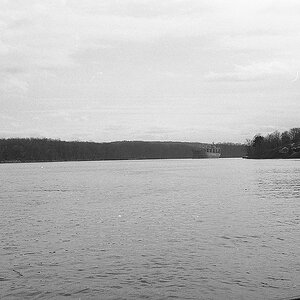New Hampshire
TPF Noob!
- Joined
- Jan 16, 2007
- Messages
- 250
- Reaction score
- 2
- Location
- Goffstown, NH
- Can others edit my Photos
- Photos OK to edit
Ok, so I have been doing a little research on pinhole photography. I have seen a very simple idea is to take an SLR body cap and convert it into a pinhole "lens". Going even further there is this company that sells laser drilled pinhole body caps:
Digital SLR Camera Caps - LENOX LASER
Now what I hope someone wiser and more knowledgeable than me can answer is a bit complicated. First of all, the hole of the Lenox cap is 240 microns or .24mm. Now, what approximate focal length would that equate to? I am gathering from what I see that it does not equate to a very good wide angle, so what approximate focal length would it come to? Also, would a CMOS sensor vs. a true 35mm size make a difference in calculating what focal length it would be? I know it does when an actual lens is used (i.e. the "crop factor"), so I am assuming it would still be so with the pinhole cap? The truth is I would probably use this mostly on my Canon Elan7 35mm since I read that these pinhole caps tend to have problems on dslr's (mostly in that, due to it's small aperture nature, it heavily exaggerates sensor dust on your images). But since it can't hurt I would probably still try it on my XTi. But just so I have an idea it would be nice to know what kind of focal length I could expect for both the CMOS sensor and a standard 35mm film frame.
Brian
Digital SLR Camera Caps - LENOX LASER
Now what I hope someone wiser and more knowledgeable than me can answer is a bit complicated. First of all, the hole of the Lenox cap is 240 microns or .24mm. Now, what approximate focal length would that equate to? I am gathering from what I see that it does not equate to a very good wide angle, so what approximate focal length would it come to? Also, would a CMOS sensor vs. a true 35mm size make a difference in calculating what focal length it would be? I know it does when an actual lens is used (i.e. the "crop factor"), so I am assuming it would still be so with the pinhole cap? The truth is I would probably use this mostly on my Canon Elan7 35mm since I read that these pinhole caps tend to have problems on dslr's (mostly in that, due to it's small aperture nature, it heavily exaggerates sensor dust on your images). But since it can't hurt I would probably still try it on my XTi. But just so I have an idea it would be nice to know what kind of focal length I could expect for both the CMOS sensor and a standard 35mm film frame.
Brian
Last edited:




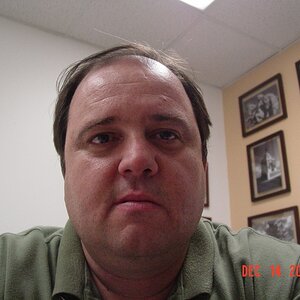
![[No title]](/data/xfmg/thumbnail/39/39187-9ec2507d9e5ef2843f7f00127c7abb4c.jpg?1619738905)

![[No title]](/data/xfmg/thumbnail/34/34117-1b7262554b31c443fa8f93830807c578.jpg?1619736287)
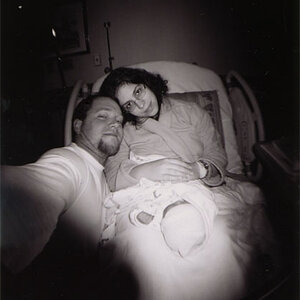

![[No title]](/data/xfmg/thumbnail/35/35969-b6f009f356cac5fdbffb0729bddb9e25.jpg?1619737288)
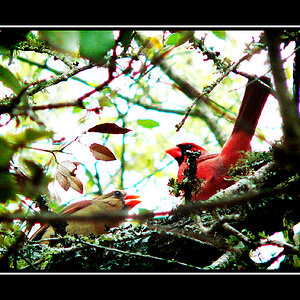
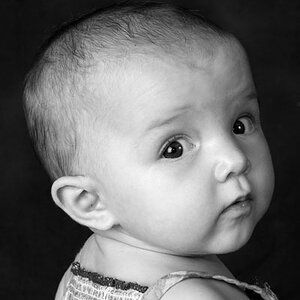

![[No title]](/data/xfmg/thumbnail/39/39186-88f5235eacfd57deab14674ccf8e7f0a.jpg?1619738905)
